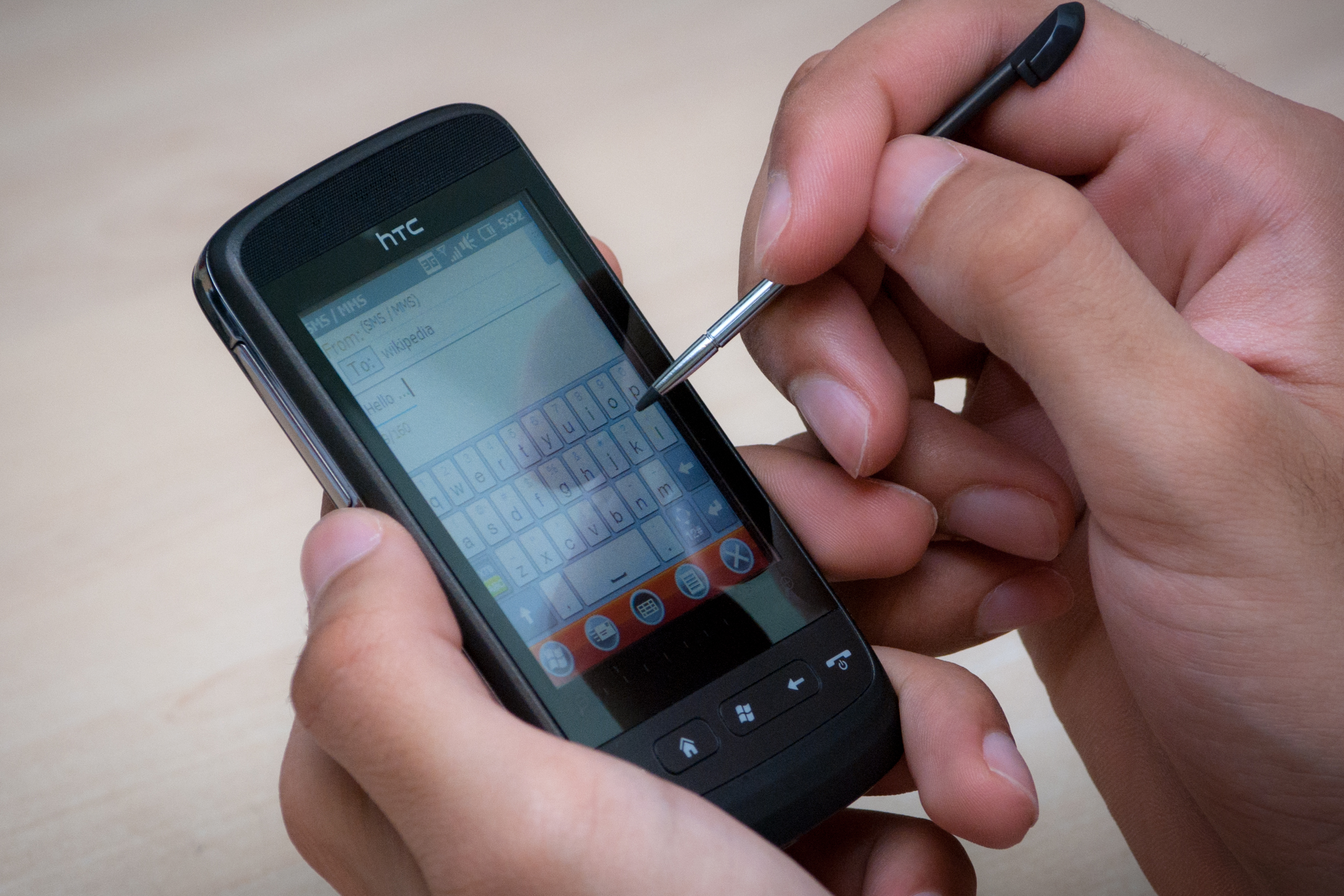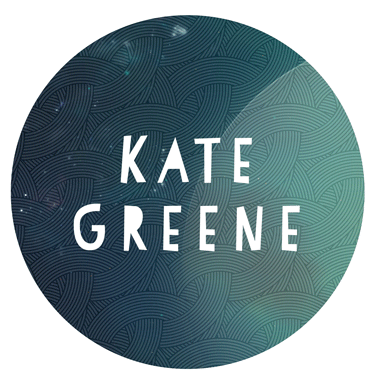
I was there when Steve Jobs killed the touch-screen stylus. It was at the 2007 Macworld event in San Francisco. Steve Jobs had just unveiled the first iPhone.
It was an era when most smart phones had keyboards. According to Steve Jobs, physical keyboards were inelegant. After all, a constant Querty just gets in the way if all you want to do is dial a phone number.
With this setup, an image of the brand new, keyboard-free iPhone appeared on the giant screen behind Steve Jobs. But how do you use a phone without buttons? Steve Jobs’ answer: a stylus. As he said the word, a pen appeared next to the iPhone. “We’re going to use a stylus,” Steve Jobs said.
There were gasps and a few scattered cheers as the audience prepared to go crazy for Steve Jobs’ version of the touch-screen stylus. And then his punchline: “No.”
The hall filled with laughter. “Who wants a stylus?” Steve Jobs asked. “Yuck!”
And like that, the stylus was out. The finger became the ultimate input device for touch screens.
Fast forward four years. The stylus has almost completely fallen out of favor with the smart phone crowd. But there are still some–mostly artists and designers–who prefer a digital pen to the finger, especially for writing and drawing.
Now, researchers are breathing new life into the standard stylus with a prototype called Conté. It is a multifaceted input device, modeled after the rectangular stick used by artists. It enables more than just writing, drawing, and selecting on a touch screen.
The concept behind Conté is that multiple sides and corners of the stick can be programmed to perform different tasks. For instance, if you’d like to annotate a PDF, you could use Conté to quickly switch between highlighting, copying, and pasting, text edits, and navigation.
Daniel Vogel, researcher at the University of Waterloo and Géry Casiez at the University of Lille, presented Conté at the User Interface Software and Technology Conference in Santa Barbara, CA last month.
Vogel explains:
What Conté is doing is offering a new take on pen input. The ease of changing modes solves a *big* problem in pen computing. No buttons needed, not tapping on menu items, no hoping some machine learning algorithm correctly interprets what you do as drawing, handwriting, selecting, etc. It also provides to equivalent to accelerator keys with things like palettes, guidelines, etc.
It just works, and since it’s based on a crayon it’s simple, intuitive, and naturally compatible with touch input. The size is very important. With Conté you can easily switch between using the fingers or conte on the same hand by simply tucking it in the palm. It’s shape also let’s it be used as a tangible (like in the palette, mouse, and guideline).
While clever, the ideas behind Conté are unlikely to catch on with the general public. Most people who use touch screens are still enamored with the magic of swiping and flicking with their fingers. Touch screens as Steve Jobs intended them. Still, a multifaceted stylus such as Conté presents a compelling option for power users like artists and architects, those who are looking for more out of their digital pens.
Here’s a video demonstration:
——–
Related Links:
Video of Steve Jobs’ iPhone presentation (stylus fake out at ~6:30):
http://youtu.be/x7qPAY9JqE4
Daniel Vogel:
http://www.nonsequitoria.com/
Géry Casiez:
http://www.lifl.fr/~casiez/
Paper: Conté: Multimodal Input Inspired by an Artist’s Crayon:
UIST2011-Conte
UIST 2011:
http://www.acm.org/uist/uist2011/
